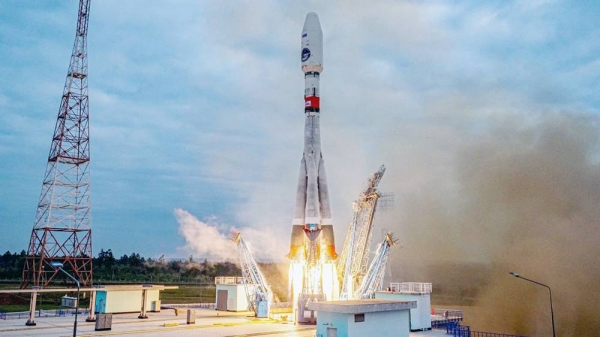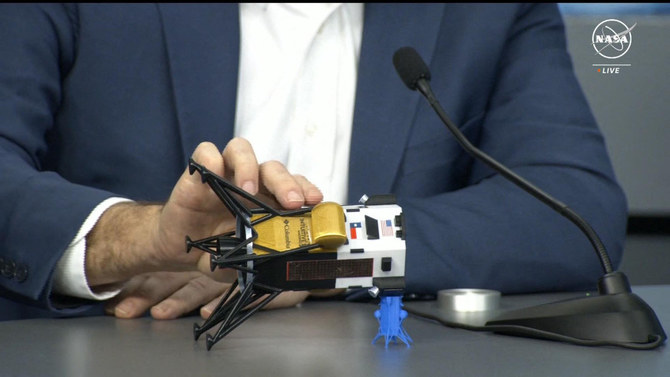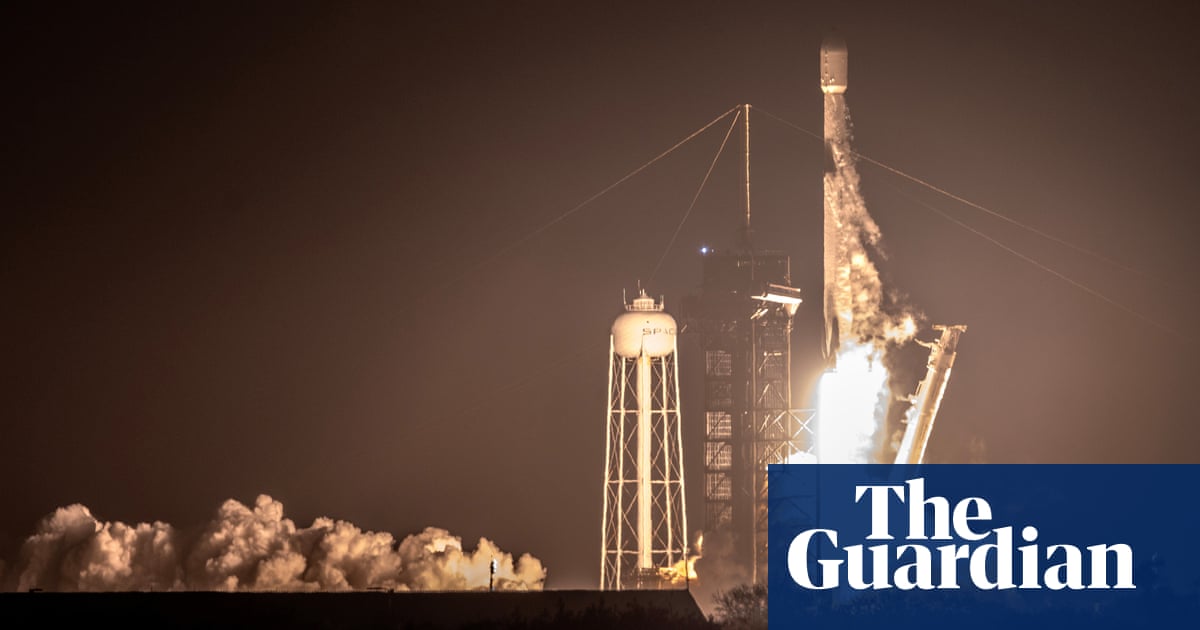
Israel failed on Thursday to make history in its ambitious attempt for the first privately funded lunar landed when its spacecraft crashed into moon moments before touchdown.
The Beresheet lost communication with ground control during its final descent. The unmanned robotic lander suffered periodic engine failures during the landing sequence, which lasted around 21 minutes, the support team said.
The spacecraft had traveled through space for seven weeks in a series of expanding orbits around Earth before crossing into the moon’s gravity last week.
The final maneuver on Wednesday brought it into a tight elliptical orbit around the moon, around 15 km (9 miles) from the surface at its closest. From there it was a short, nail-biting and ultimately disappointing conclusion.
"We definitely crashed on the surface of the moon," said Opher Doron of Israel Aerospace Industries.
He said the spacecrafts engine turned off shortly before landing, and scientists were still trying to figure out the cause. The spacecraft was in pieces scattered at the landing site, he said.
Doron nonetheless called the mission an "amazing success," for reaching the moon and coming so close to landing successfully.
"It is by far the smallest, cheapest spacecraft ever to get to the moon," he said. Beresheet was about the size of a washing machine.
The mishap occurred in front of a packed audience that included Prime Minister Benjamin Netanyahu and was broadcast live on national television.
"We will try again," Netanyahu said. "We reached the moon, but we want to land more comfortably, and that is for the next time."
It had been hoped that the small robotic spacecraft, built by the nonprofit SpaceIL and state-owned Israel Aerospace Industries, would match a feat that has been achieved only by US, Russia and China.
The failure was a disappointing ending to a 6.5 million kilometer (4 million mile) lunar voyage, almost unprecedented in length, that was designed to conserve fuel and reduce price. The spacecraft hitched a ride on a SpaceX rocket launched from Florida in February.
Around 20 minutes before the scheduled landing, engine firings slowed Beresheets descent. Engineers watched in silence as the craft, its movements streamed live on dozens of screens, glided toward a free-fall.
But then the screens showed the engine misfiring, and the velocity surging as it headed toward the lunar surface. Radio signals from the spacecraft, abruptly cut off.
Standing before darkened computer screens, controllers declared the mission a failure. The craft crashed near the historic Apollo landing sites.
President Reuven Rivlin hosted dozens of youngsters at his official residence, one of several celebrations scheduled across the country. The children, some wearing white and blue spacesuits, appeared confused as the crash unfolded.
"We are full of admiration for the wonderful people who brought the spacecraft to the moon," Rivlin said. "True, not as we had hoped, but we will succeed in the end."
Beresheet carried a small laser retroreflector from NASA intended to measure magnetic fields and provide insight on the moons iron core.
The head of NASA, Jim Bridenstine, said he regretted the mission didnt succeed, but "I have no doubt that Israel and SpaceIL will continue to explore and I look forward to celebrating their future achievements."












